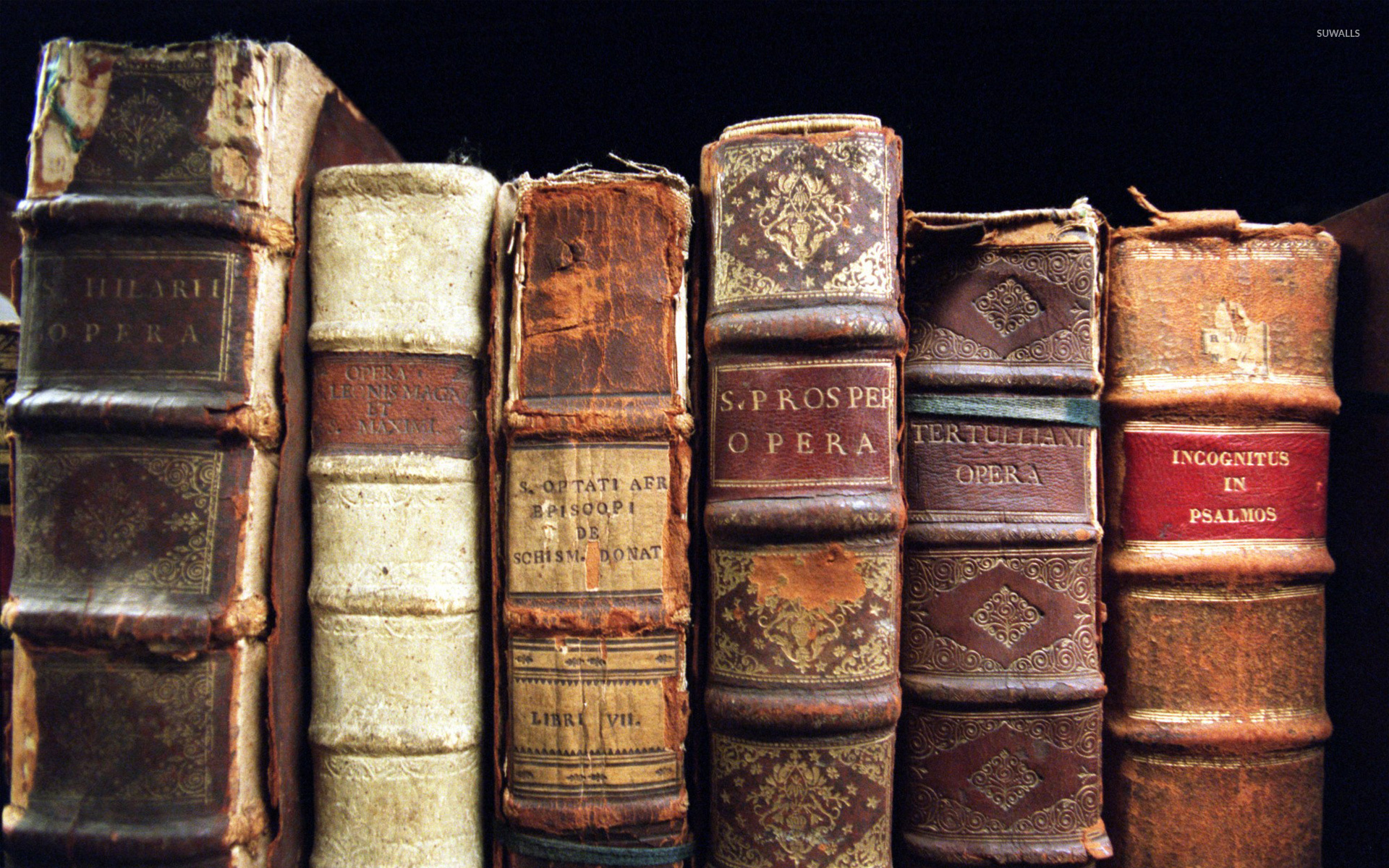It might surprise many people who still have a fondness for film that the number one best selling film today is Fuji’s Instax instant film. A small rectangular instant film, not unlike Polaroid’s classic film, Instax cameras are hot items for teenagers and millennials for the “MAGIC” of seeing a printed image develop before their eyes!
While I don’t have a fundamental problem with Instax film, the cameras that are designed to use it leave a lot to be desired from a tactile and user perspective, so it was with great interest when I saw this article on EMULSIVE showing how to hack a Graflex press camera to accept it.
It’s certainly not a quick and easy hack, and it does involve taking apart an actual Instax camera and installing some of the guts inside of the large format camera, but it does work. If you have the time and the resources for a project like this, you can get some really fantastic Instax prints using a camera that is far more interesting than the cheap plastic point and shoots that the format was designed for.
Here are more great posts from some of my favorite sites:
I have a fondness for stereo cameras. It might not seem like it though because of as I write this, none of the ones in my collection have made it onto the site, but I assure you they will. Until then though, Peggy from Camera Go Camera takes a look at one that is unlike most out there, the Loreo Mk II 3D Stereo Camera. With a name that just rolls off the tongue, the Loreo is unlike most stereo cameras in that it uses a single lens with curved mirrors that split the image down the middle into two separate images. Weird!
When I first heard about Polaroid Chocolate, I literally thought that at one time Polaroid partnered with Hershey’s or someone to release Polaroid shaped pieces of chocolate as some sort of company promotion, but no, Polaroid Chocolate was a low production monochromatic film that instead of producing black and white images, produces brown and white “chocolate” images! This week Cheyenne Morrison gives us a quick history on the film and some sample shots that are worth checking out. Warning though, some of the images in this article have nudity in them, so you probably shouldn’t open the link at work.
I always enjoy articles from people discovering or rediscovering film again and this week Graham Rogers from EMULSIVE give us his thoughts on 3 folding medium format cameras from the 1950s, the AGFA Record III, AGFA Isolette, and Voigtländer Perkeo. The article is called “Two out of Three” which suggests that Graham was only pleased with two of them, but which ones? Read the article to find out!
The Nikkormat was the Nikon F’s cheaper and less featured little brother, except, it wasn’t cheap and it supported nearly every feature of the F, with the exception of interchangeable viewfinders. Nikon’s attempt at making a cheap camera failed as they made it so good, that it became the preferred backup camera of choice for pro photographers. This week Johnny Martyr takes a look at this brutish beauty and puts one through it’s paces.
I generally shy away from lens reviews as they almost always repeat the same kinds of information about sharpness and bokeh that I rarely care about. This week however, Ong Sien Hong contributes his first review to 35mm with the Voigtländer Ultron 35mm f/2 lens in Leica M-mount. I’d be a liar if I said I wasn’t jealous as when mounted to a Zeiss-Ikon rangefinder, seems like a lethal street photography combo. Also adding to my intrigue are the gorgeous shots of daily life in Hong Kong!


